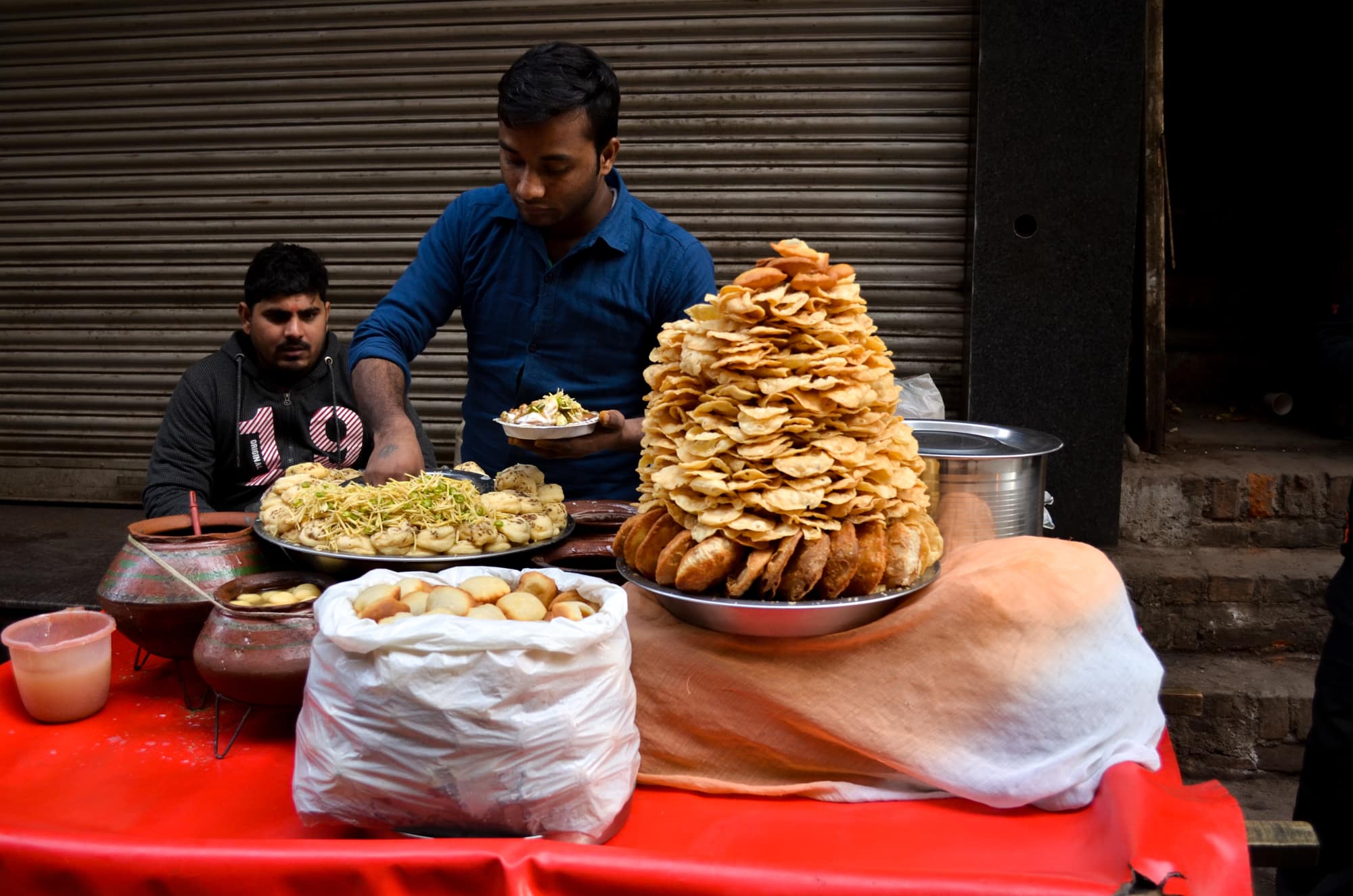Food from India is the most seductive of spicy foods.
Food from India is an exquisite Asian cuisine of many spices developed over centuries.
I love Indian food as well as most of the rest of the great varied Asian cuisine, but Indian cuisine is perhaps the most diverse and extensive in all of Asia because the country is so huge and old and influenced by so many cultures.
See the dishes first and then go down to the background, history and geography of Indian food, it is a huge subject. A journey in itself.
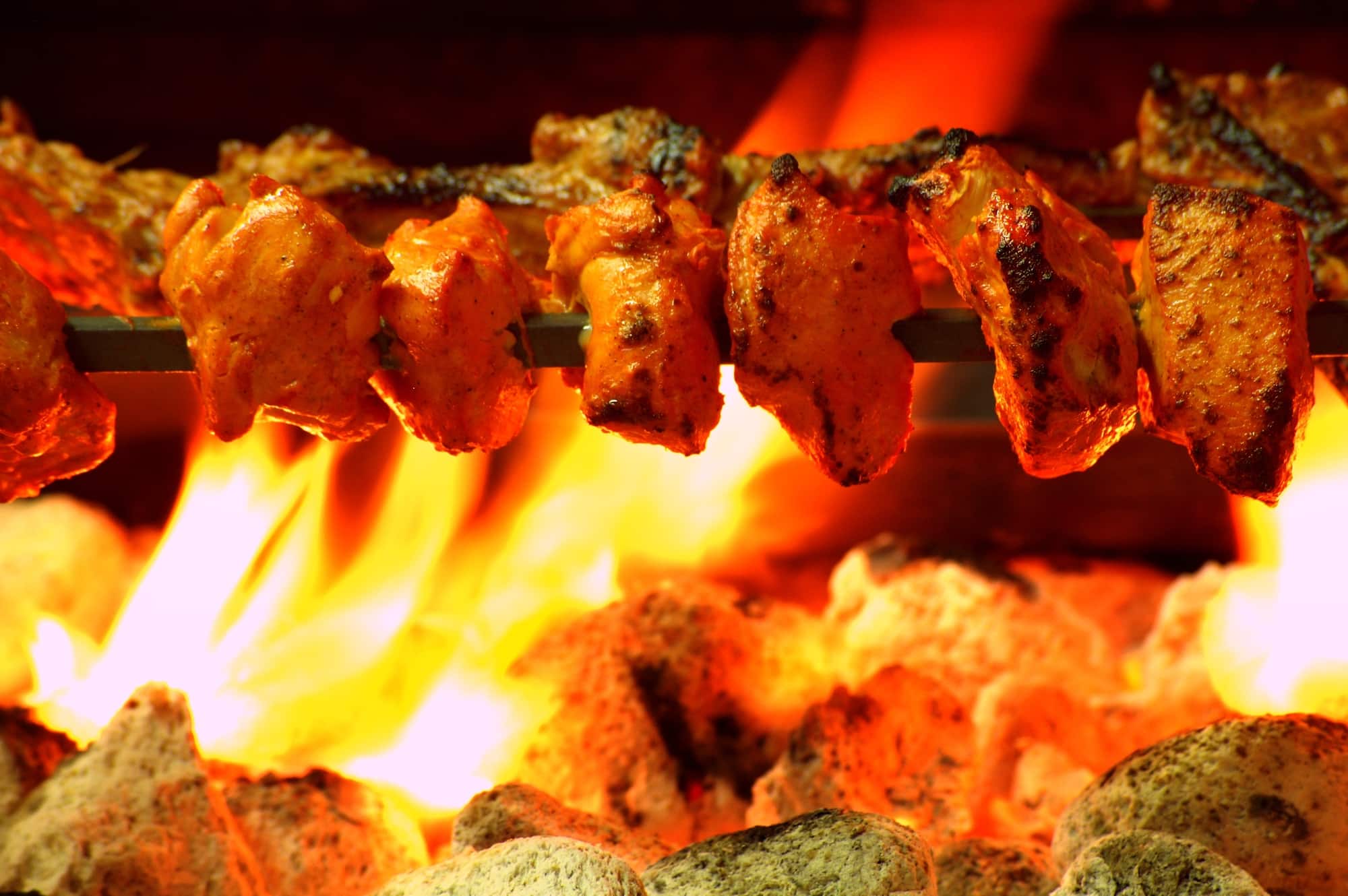
Chicken Tikka, India
Indian food, everyone should taste.
Here you will get some suggestions for delicious Indian dishes, which you could choose both in India on a trip in the great country or when you are standing in the kitchen. They are classics, and they are from both the north and the south, and they might appeal to your inner wanderlust. But let’s start with a little dip that suits most meat dishes. A side dish I always order.
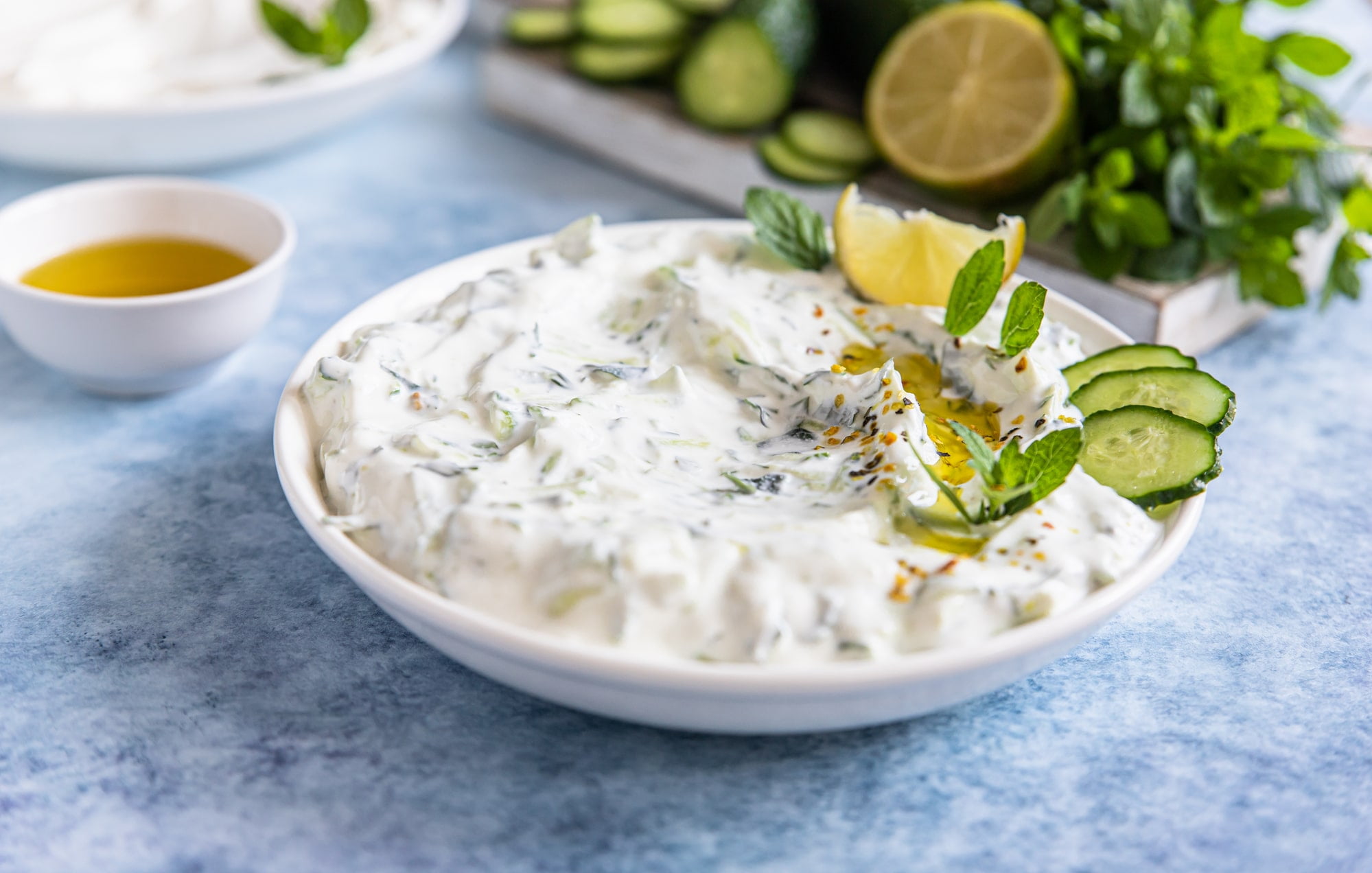
Indian Raita sauce or dip with cucumber, yogurt, garlic, and mint, blue concrete background. Traditional Indian cuisine.
Raita, dip with cucumber, yogurt, garlic, and mint
Raita is a side dish, a dip much like Greek tzatziki, in Indian cuisine made from dahi (almond yogurt, just like there is almond milk) along with raw (most often cucumber) or cooked vegetables, more rarely fruit, or in the case of Boondi Raita, with fried blobs of besan butter. The closest approximation in Western cuisine is a side dish or dip or a cooked salad. Raita is a yogurt-based dip and makes a really good counterpoint to spicy Indian dishes. For the Raita dip, Greek yogurt is used and then cucumber and diced tomato are added to the dressing. You drain the moisture from the tomato and cucumber by sprinkling them with salt and leaving it in a strainer to drain. Use, for example, coriander, mint, cumin, and lime juice. There are several varieties of this delicious dip in Indian cuisine.
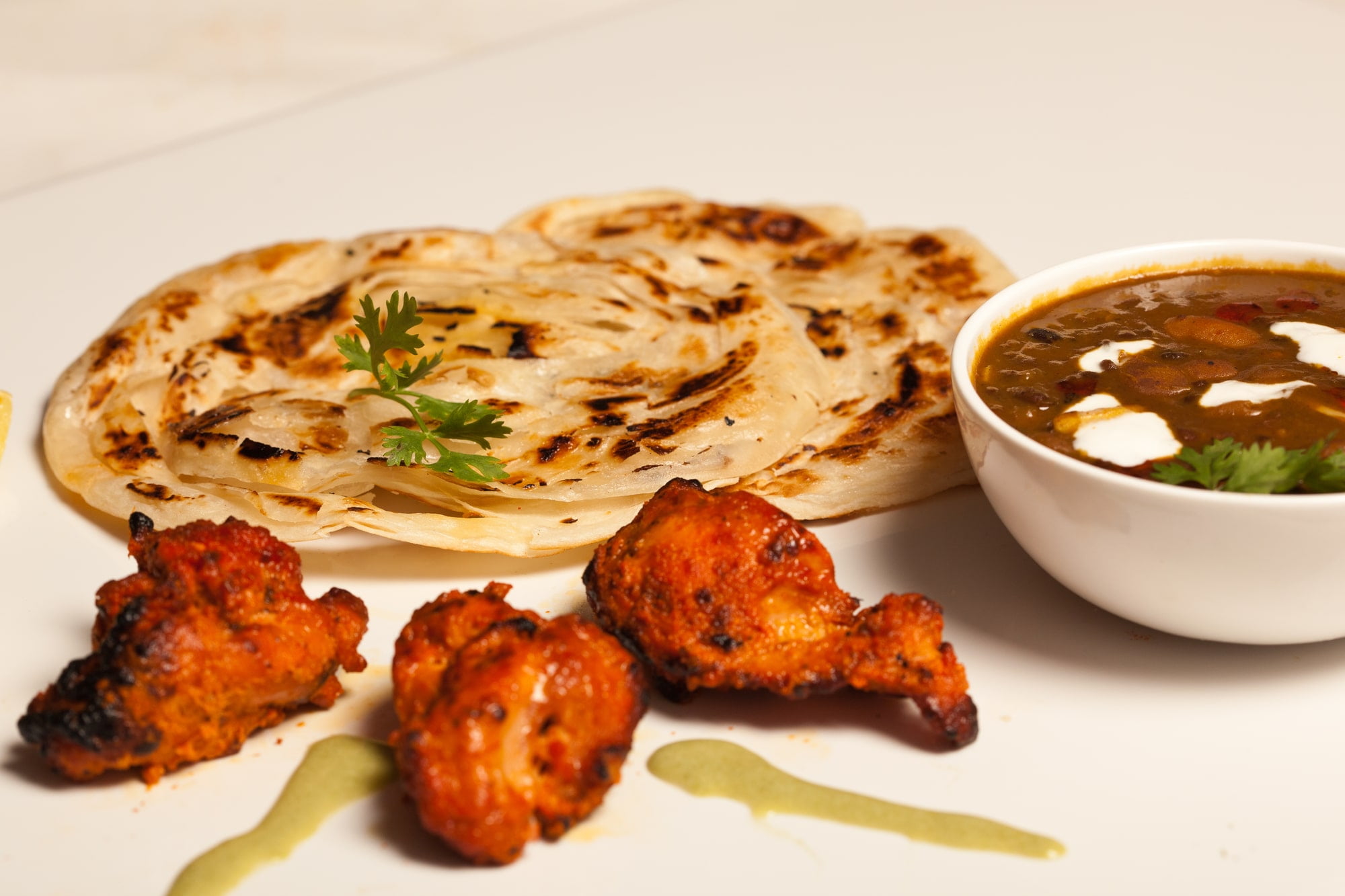
Paratha with paneer masala and Chicken Kebab.
Paratha
Paratha, while definitely crisp bread, is not baked like Naan is. Rather, it is fried in a tawa, a stone pan, using butter or cooking oil. While naan is generally rolled out once and turned up against the side of the tandoor, paratha is often rolled out several times, creating a very flaky bread. Really delicious.
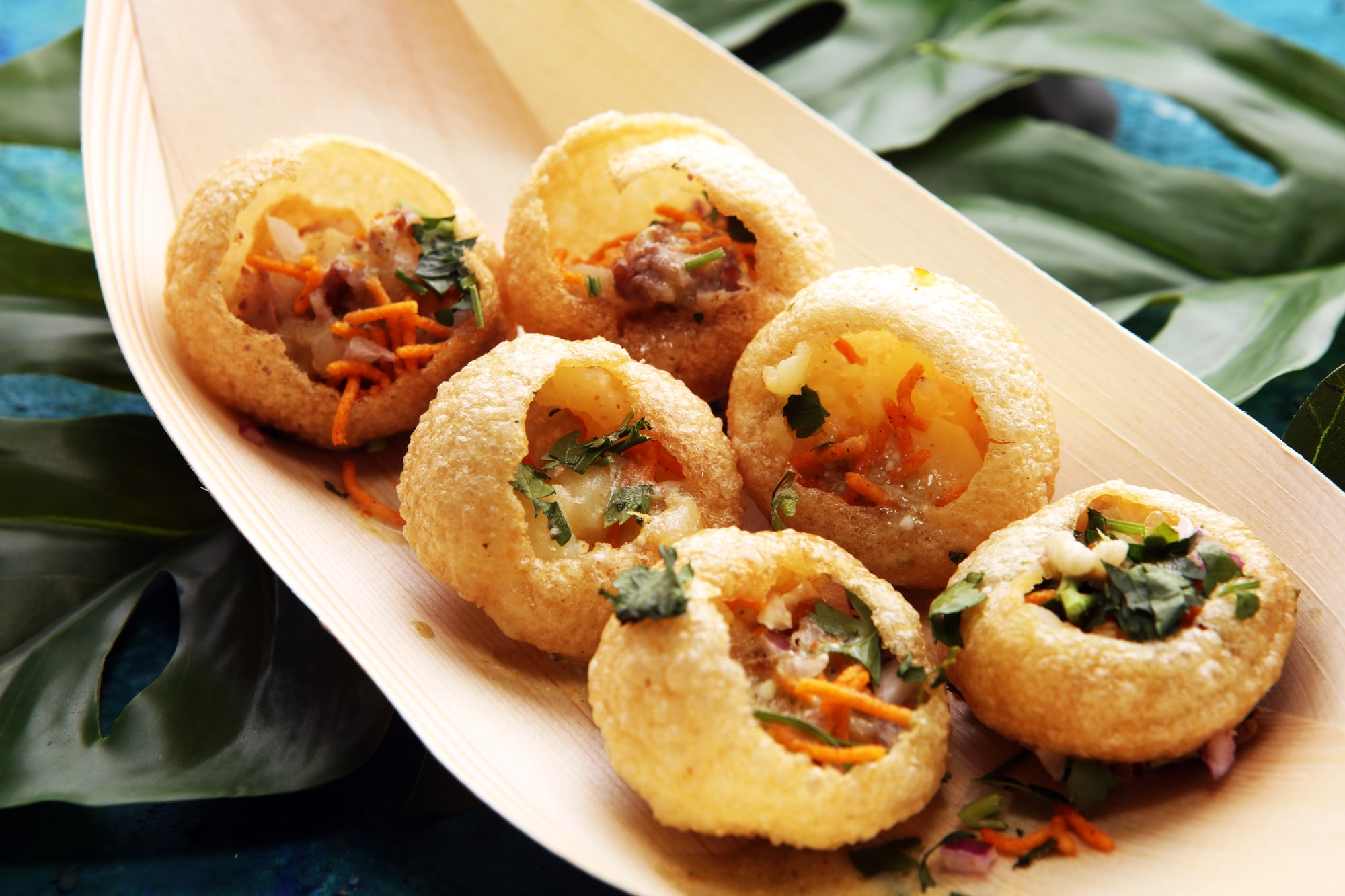
Pani Puri indian street food. Golgappe, India
Pani Puri
Pani Puri or Golgappa is popular street food in India. Pani Puri consists of a round or ball-shaped, hollow puri (a deep-fried crispy crepe), filled with a mixture of a type of soup with different flavors (known as Teekha Pani), sweet chutney, potato and onion.
It is a favorite chaat snack for almost everyone in India. With so many flavors and tastes in your mouth, when you have Pani Puri, you just can’t get enough!
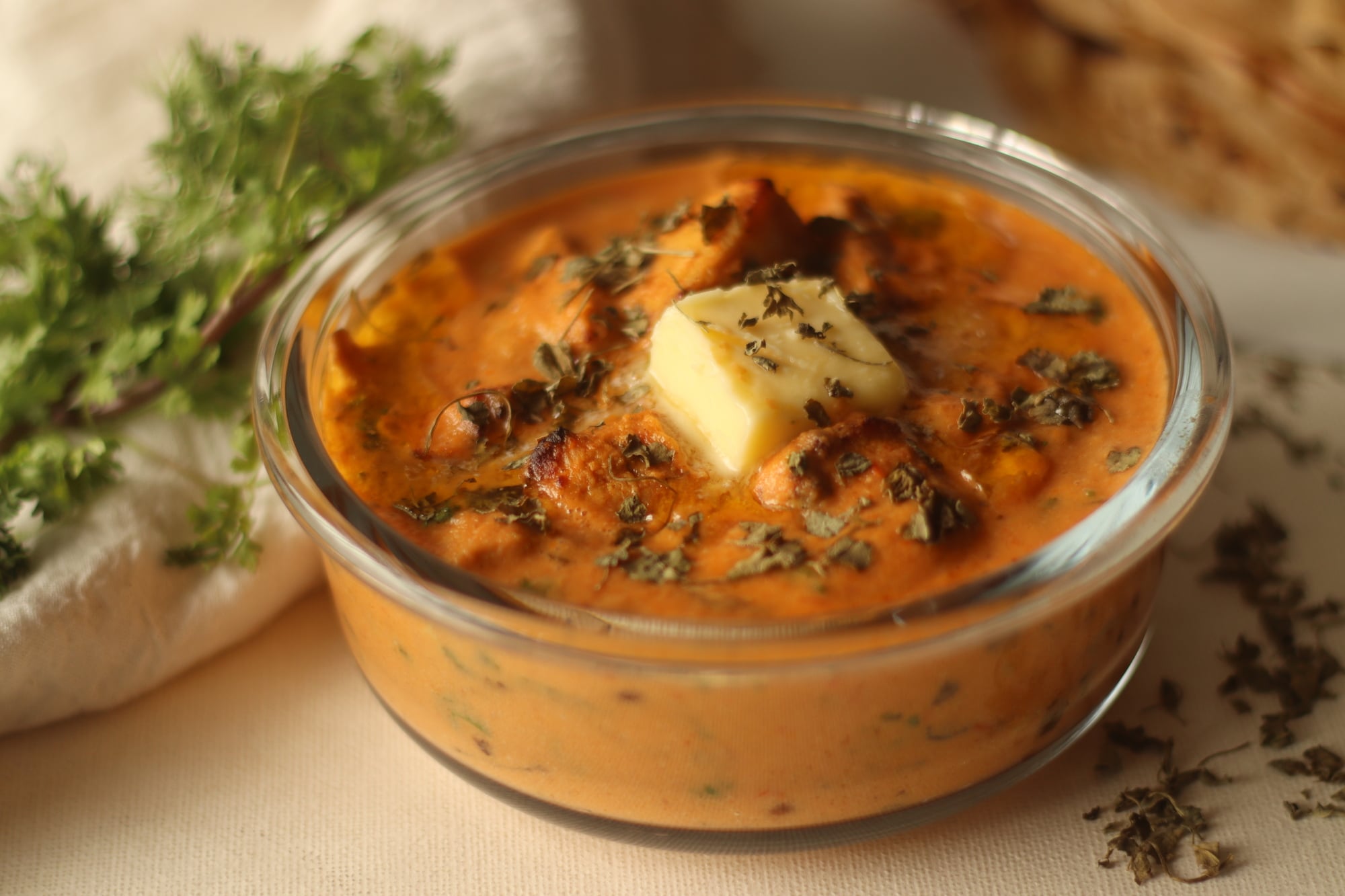
Butter chicken made of grilled chicken chunks cooked in buttery creamy tomato gravy served with Kerala parotta, a layered flatbread made of Maida. This flaky ribbon pancake and chicken curry combination is a favorite of Kerala.
Butter Chicken also called Makhan Murg
Butter chicken, traditionally known as Murgh Makhani, is a type of chicken curry made from chicken with a spicy tomato and butter (Makhan) sauce. Its sauce is known for its rich texture. In addition, the cream sometimes gives the curry sauce a silky smooth and rich consistency.
Butter chicken made of grilled chicken chunks cooked in buttery creamy tomato gravy served with Kerala Parotta.
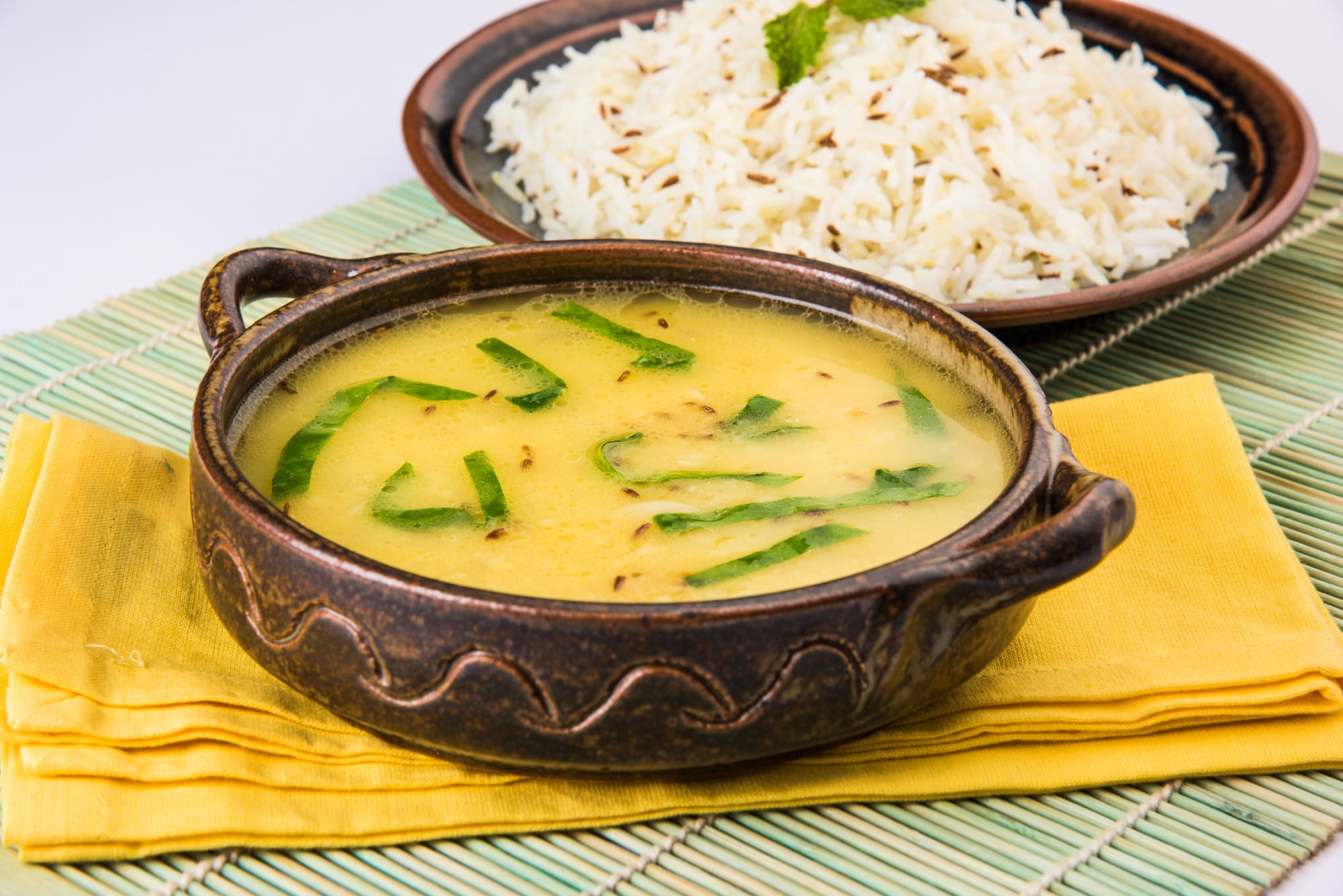
Dal Tadka Indian food
Dal Tadka in Karahi with spicy oil and coriander.
Dal Tadka is a dish you will often see on an Indian restaurant menu. It is a simple but very tasty dal made with a few basic spices and herbs and without any vegetables added to it, except often tomatoes.
It’s a creamy and nourishing soup, with the perfect blend of the strength of garlic and red chili peppers and the acidity of tomatoes. Top all this with a “tadka” of hot oil with mustard seeds cracked wide open to infusing their amazing flavor into the lentils and you have a recipe for comfort food at its best.
Indian Spicy Chaat Item Sev Puri Stuffed With Potato, Sev Namkeen, Coriander, Chutney isolated on White Background. It is a Most Popular Snack in Mumbai, Maharashtra.
Valley Tadka
A delicious Indian dal Tadka that is irresistible.
If you love a good Indian dal Tadka, try perhaps the other delicious Dal: Made with a blend of three types of healthy lentils – Toor dal, moong dal, and masoor dal – it’s creamy, garlicky, and smoky, and it’s perfectly seasoned. The Tadka or tempering of mustard seeds and ginger stirred in at the end takes this dal from ordinary to sublime.
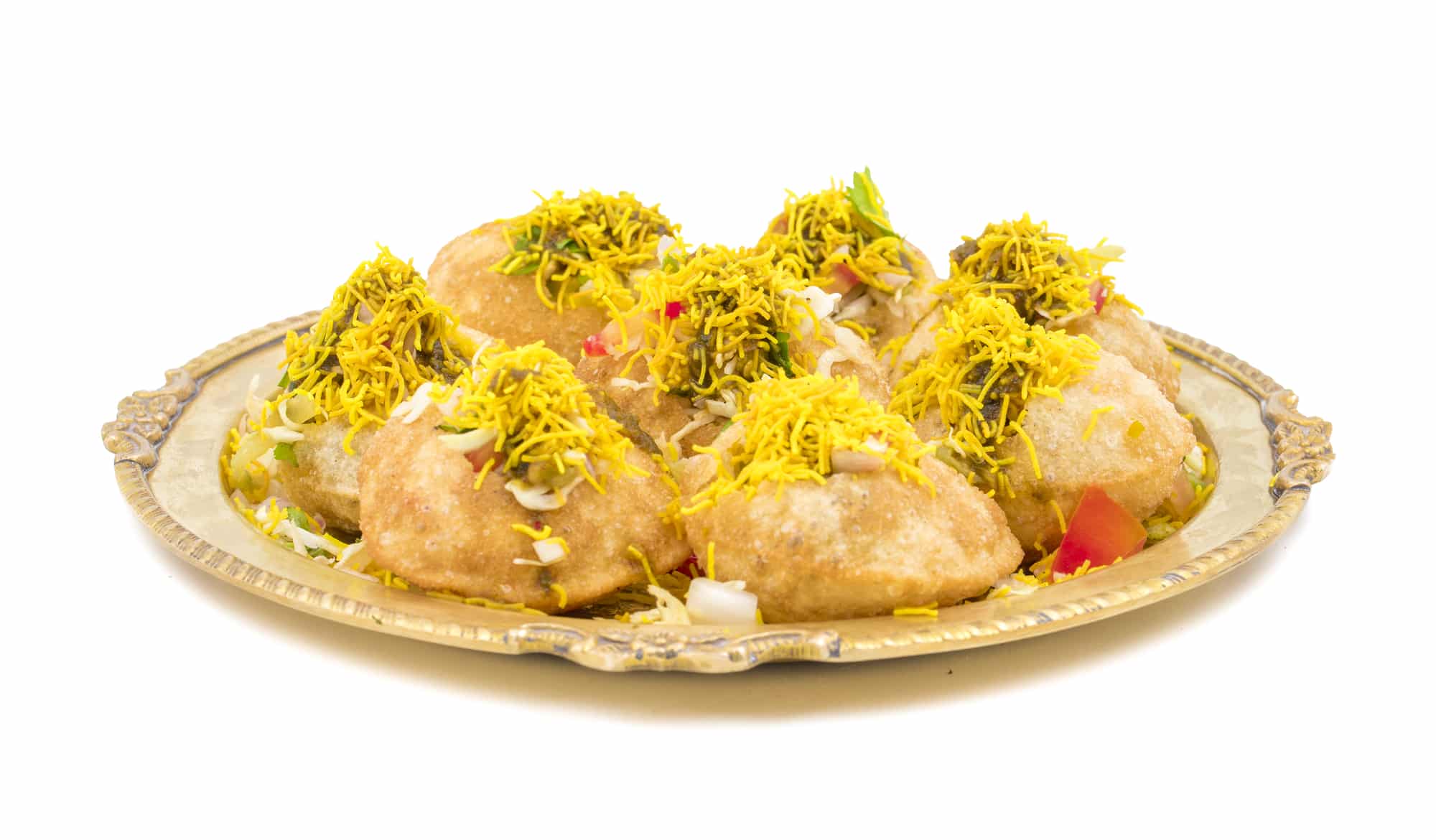
Indian Spicy Chaat, Sev Puri Stuffed With Potato, Sev Namkeen, Coriander, and Chutney isolated on White Background. It is a Most Popular Snack of Mumbai, Maharashtra
Chaat
A universal Indian typical lunch dish, is spicy chickpeas.
Papdi Chaat is a popular street food from North India where crispy Papdi (deep-fried flour crackers) are topped with a variety of toppings like chickpeas, boiled potatoes, yogurt, chutneys, coriander, and more! These are highly addictive and are like a burst of flavor in every bite!
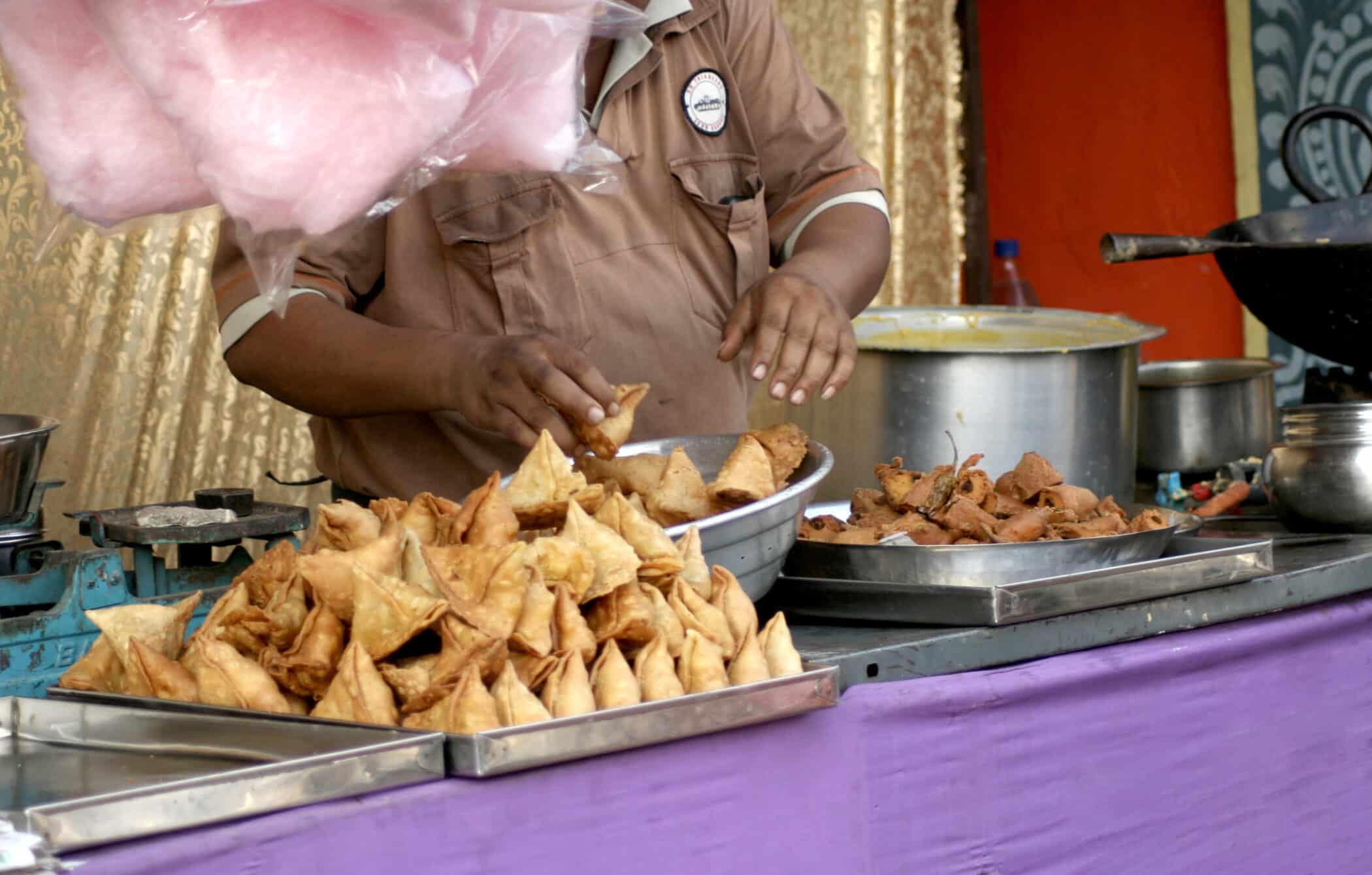
Indian street food vendor preparing and serving famous spicy Chaat in Chandni Chowk, Old Delhi, India
Chaat as an Indian street food has reached international recognition. And it can be anything from aloo tikki to samosa to Golgappe, Papdi Chaat and much more. Basically, anything that falls under the big umbrella of what we refer to as “Indian chaat” aka street food. It is a significant food chapter in the great book of Indian Cuisine.
Papdi chaat is a chaat that hits because of the variety of texture and tastes it has in every bite. Papdi refers to round-fried crackers usually made from plain flour. These crispy crackers are topped with various toppings and chutneys to give this chaat layers of texture and flavor.
Every bite of this chaat is a little spicy, a little sweet, and a little sour. There’s also the the pleasing crunch from the top, along with fresh coriander and pomegranate, which makes it refreshing.
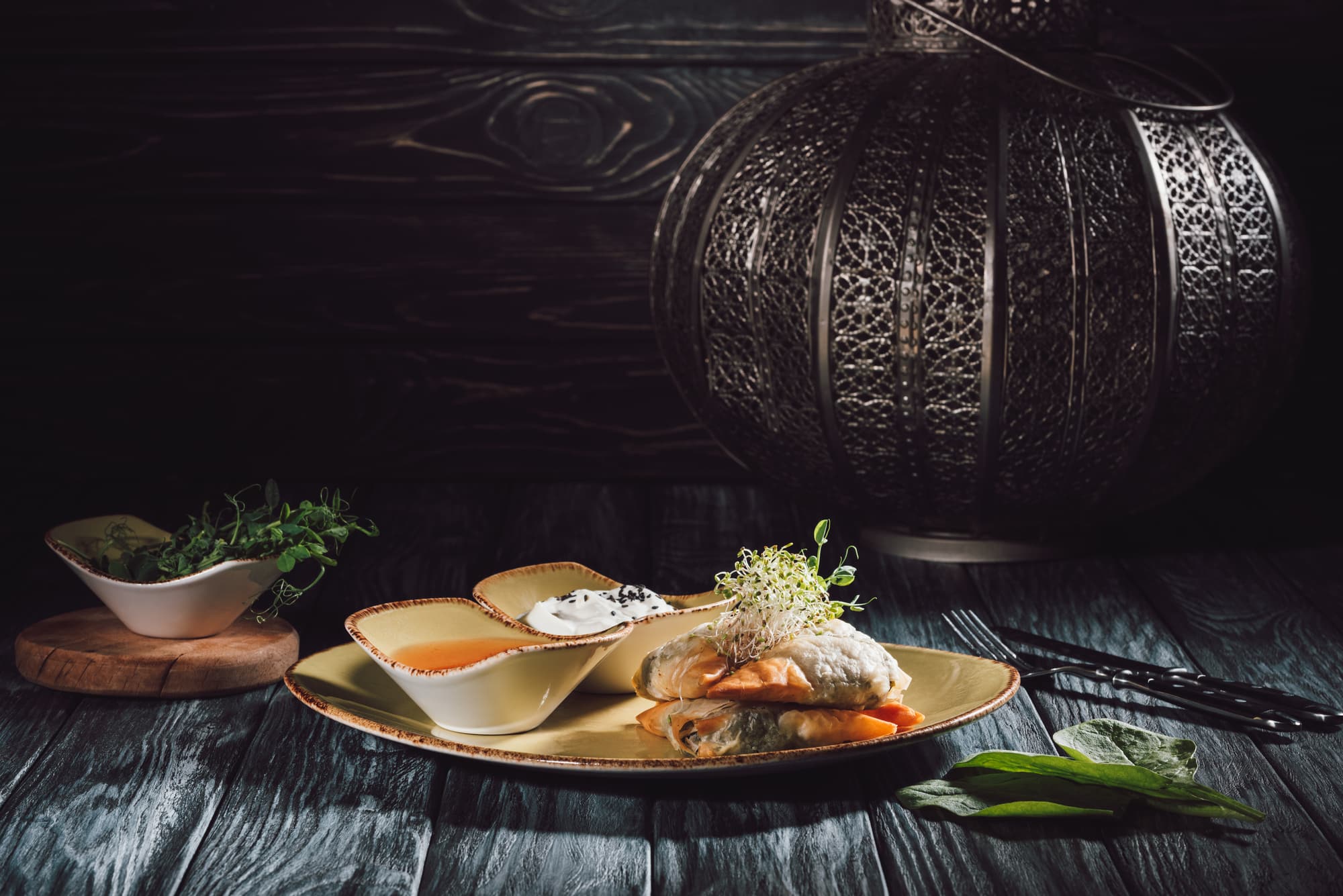
Samosas from the Indian cuisine
Samosa
Small crisp filled almost puff pastry-like puffs in phyllo dough.
Indian Tandoori Chicken
Tandoori chicken is a most popular dish in India that is made by marinating chicken in yogurt and spices and then cooking it in a tandoor, or clay oven. The result is a flavorful, moist, and slightly charred chicken that is often served with rice or naan.The origins of tandoori chicken are unclear, but it is thought to have originated in the Punjab region of India. The dish likely gained popularity due to the abundance of tandoors in this region. Tandoors are traditionally used for cooking bread, but they can also be used to cook meats.The taste of tandoori chicken can vary depending on the spices used in the marinade. Common spices include garam masala, cumin, turmeric, paprika, and chili powder.
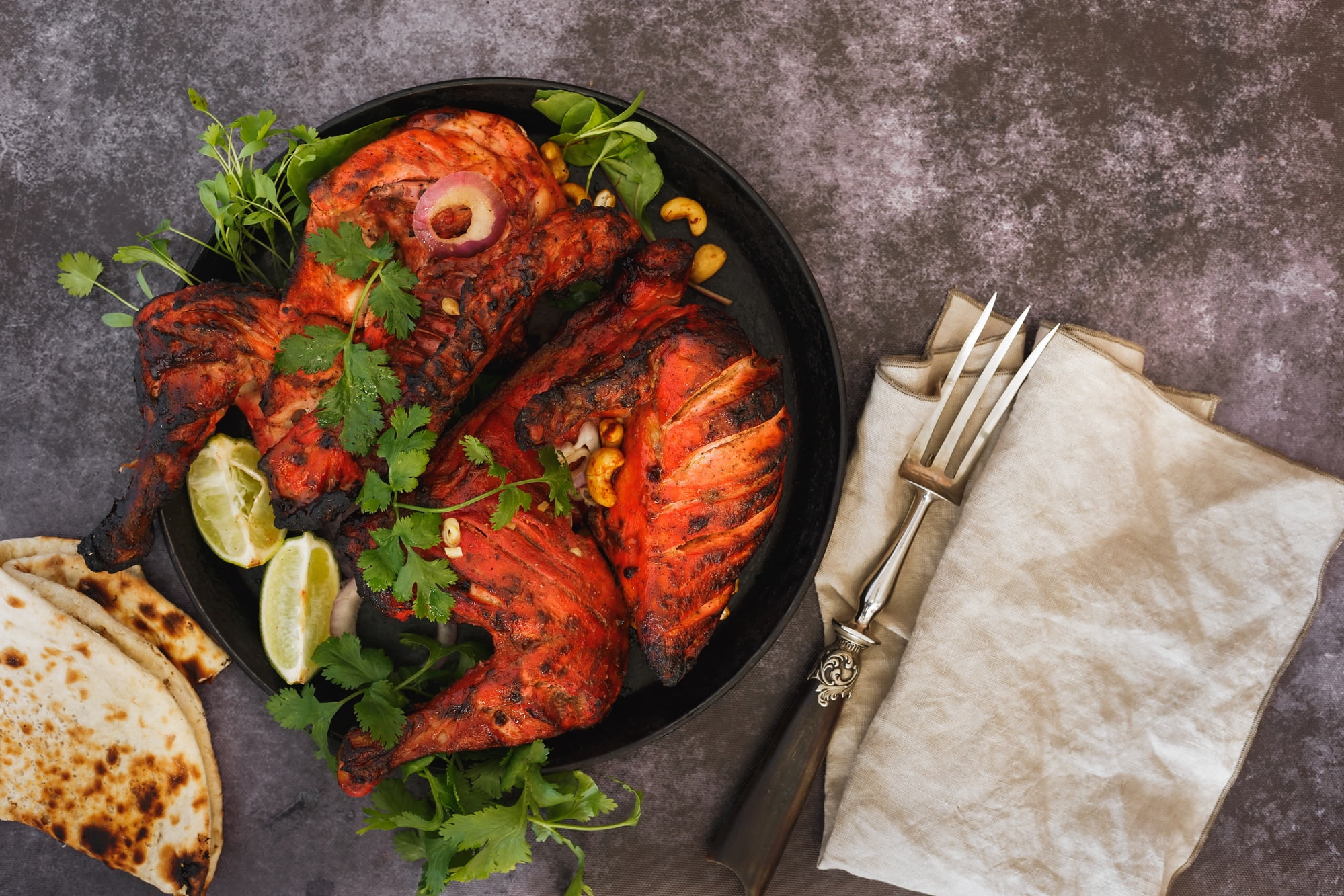
Indian tandoori chicken with naan, lime slices, and cilantro, ready to eat. A perhaps 5000-year-old dish known throughout the world, and based on its very special oven, a Tandoor oven.
The chicken is often served with a mint yogurt sauce or chutney. Making tandoori chicken at home is not difficult, but it does require some planning ahead. The chicken needs to be marinated for at least four hours, preferably overnight. The marinade can be made with Greek yogurt, which will add thickness and help the spices to adhere to the chicken. When ready to cook, preheat the oven to 400 degrees Fahrenheit. Place the chicken on a rack over a baking sheet and roast for 20-25 minutes. The chicken is cooked when the juices run clear when pierced with a knife.
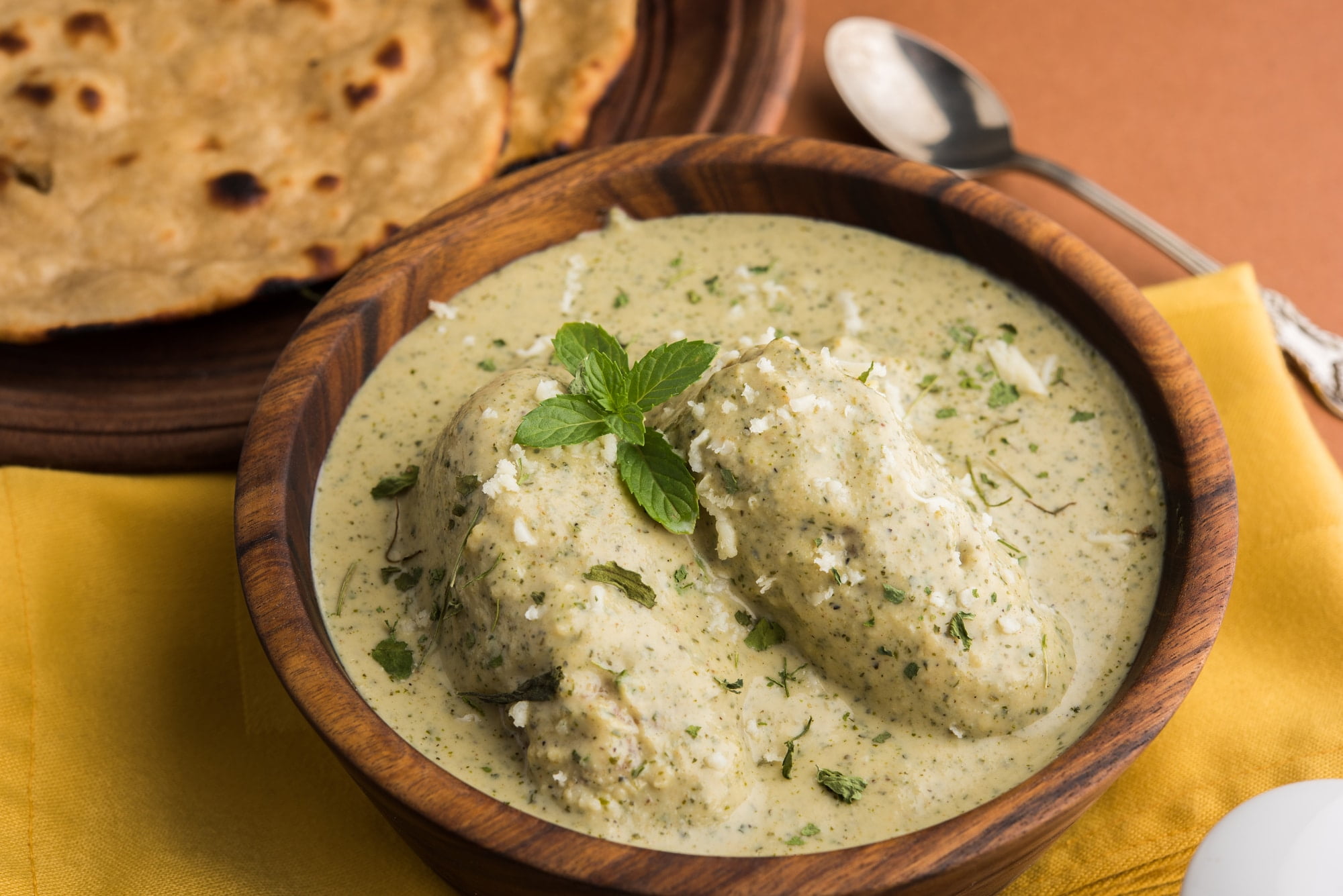
Methi malai paneer or Creamy Fenugreek & Paneer Curry, a popular North Indian recipe prepared using milk cream, methi and paneer or cottage cheese, served with roti
Matar Paneer is something for vegetarians as well
Matar Paneer is a popular vegetarian dish from India that is made with peas and cottage cheese. The dish is typically cooked in a tomato-based sauce and can be spiced to taste. Matar Paneer is often served with rice or naan bread. The origin of Matar Paneer is unclear, but it is thought to have originated in the Indian subcontinent. The dish is popular in both North India and South India. In North India, it is often made with paneer (a type of Indian cottage cheese), whereas in South India, it is more common to use tofu. Matar Paneer has a mild, yet rich flavor. The tomatoes give the dish a slight sweetness, while the spices add depth and heat. The dish can be made as spicy or as mild as you like.
A recipe for Matar Paneer
This dish is relatively easy to make at home and can be made either in a pressure cooker or in a pan on the stovetop. To make it in a pressure cooker, simply saute the onions, ginger, and garlic in oil until golden brown. Then add the tomatoes and cook until they are soft. Next, add the green peas and paneer, along with the spices (cumin powder, coriander powder, garam masala, turmeric, and red chili powder). Pressure cook for 3-4 whistles. Once done, let the pressure release naturally, and then open the lid. To make it on the stovetop, simply follow the same steps as above, but cook on medium heat until everything comes together. This will take longer than cooking in a pressure cooker, but the end result will be just as delicious! Serve hot with rice or roti. Enjoy!
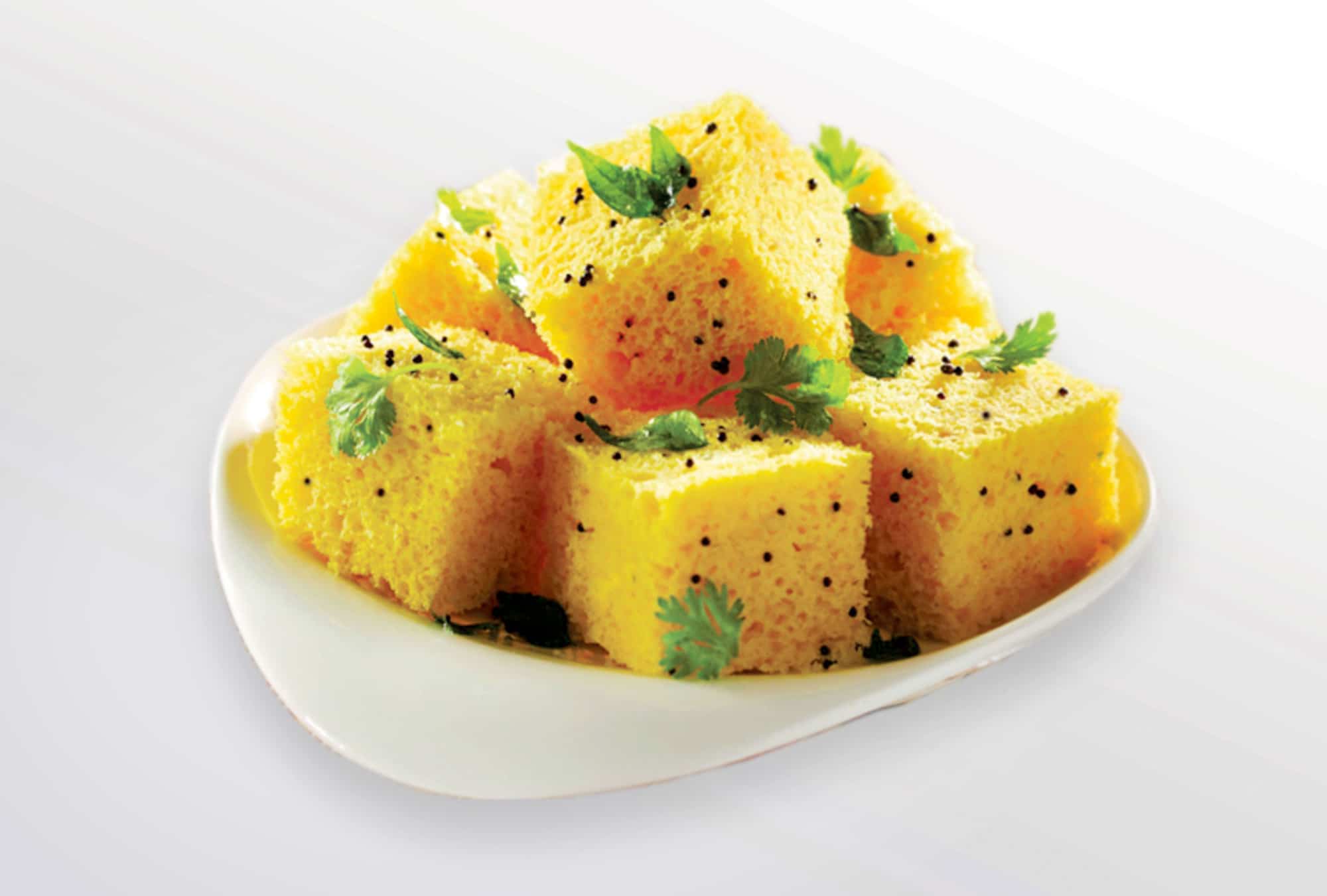
Popular Indian Gujarati dish, Traditional Street Food, Sev Khaman Dhokla, Served With Chutney or Chili.
Dhokla
Popular Indian Gujarati dish, Traditional Street Food, Sev Khaman Dhokla, Served With Chutney or Chili
Vada Pav,
Indian food has its own healthy burger
Affectionately referred to as a Bombay Burger. A vegetarian and widely used burger look-a-like from healthy India.
Vada Pav is one of Mumbai’s most famous foods. It is almost synonymous with the city! This popular street food is loved by everyone in India.
So what exactly is a Vada Pav?
So what exactly is a Vada Pav? Vada = Deep-fried potato patties and Pav = burger buns. You could say it’s a kind of potato sandwich or burger, but what makes it so special is all the chutneys that come with it!
Want to make Vada Pav yourself? There are 4 main ingredients – the vada, the dry garlic coconut chutney, the green chutney, and the sweet tamarind chutney. You can skip the green and sweet chutney if you don’t have time, but I highly recommend not skipping the garlic chutney. This is what makes vada pav absolutely special in my opinion.

Indian Famous Street Food Vada Pav is also known as Vada Paav.
Wada Pav or Wada Pao is a Vegetarian Fast Food Dish From Maharashtra.
Eaten by both Muslims, Hindi and us, goat meat or lamb in tomato sauce is a little too briefly explained. Rogan Josh consists of pieces of lamb or mutton braised for approx. 2 hours at approx. 150 C degrees with a sauce flavored with garlic, ginger, and aromatic spices (cloves, bay leaves, cardamom, and cinnamon), and in some versions with onion or yogurt. After the first braising, the dish can be finished with the steam Pokhtak slow cooking technique if you go all in on the Indian style of cooking. The meat must be so tender that it can be mashed with a fork. It is one of the most famous Indian dishes.

Chai tea
Chai as an expression is steeped in a rich history. The name “chai” is actually the Hindi word for “tea”, which was derived from “cha”, the Chinese word for “tea”. In this case, the Hindi term chai means a mixture of spices steeped in a tea-like beverage. Recipes for chai vary across continents, cultures, cities, and families. However, the traditional ingredients in a spiced tea blend usually include black tea mixed with strong spices, such as cinnamon, cardamom, cloves, ginger, and black peppercorns. The spiced tea mixture is typically brewed strong with milk and sweetened with sugar or honey. However, the milky sweet tea treat we order in coffee and tea shops today has very little in common with the origins of Indian chai.
Lassi
We are nearing the end of the meal. Mango Lassi is a delicious creamy drink with mango, yogurt, milk, a little sugar and a sprinkling of cardamom. It’s cool and refreshing on a hot day! there are several other variants.
Cold Indian drink Lassi
There are a variety of cold drinks available in India, from the refreshing lassi to the more exotic sherbet. Indian cold drinks are often made with yogurt or milk and are often spiced with ginger, cardamom, or other spices. Lassi is a popular Indian drink made with yogurt, water, and spices. It is usually served chilled and can be made sweet or savory. Sherbet is a cold drink made with fruit juice, milk, and sugar. It is often flavored with rosewater or other floral essences.
What more will we write about Indian food?
We will collect some recipes, they will come. We are missing 3-5 dishes that we love, we are probably missing more. Maybe interviews, restaurants, etc. It will all come. Traveltalk is fluid and always moving – forward.
Let´s go to the understanding of where Indian cuisine comes from
The food has a common denominator that you just have to get a grasp of to add another dimension of enjoyment to your life, a deep taste of perfect spices, a skill developed over so many 100 years. It ties it all together also in the understanding of what is Indian food defined by. It is all about the spice, girls.
Make your own fresh curry in a pan
By the way, I had a house where we housed a super friendly Indian family, and they made curry every morning at 7. The ventilation in the house could have been better, and roasted curry on the pan in the morning in Copenhagen was a challenge to wake up to, but are there other ways to make real Indian food? Barely. Be true to traditions, also when it comes to Indian food. And Indian food traditions in all their diversity can go 1000s of years back in time. Yes, some maybe 5,000 years where the Iranian influence rolled in over the country. That is quite inconceivable, but also quite true.
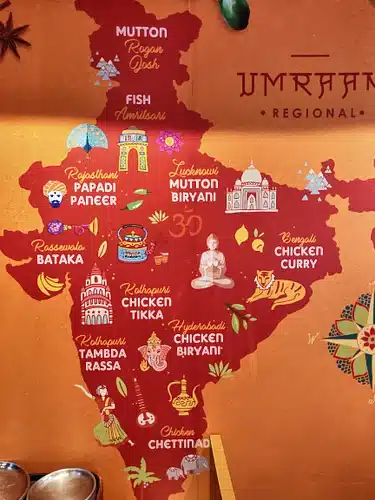
indian food map, Where do the different dishes come from
Indian food is not one cuisine, there are 4 regional styles
There is not one kitchen in the vast country. From north to south, the differences are huge. There are at least 1,000 variations.
It’s actually all about the spice, girls
It’s all fundamentally about India´s more than 3,000-year-old and refined love of spices. It is not only curry. Curry is of course important, but there are probably at least 30 spices and spice mixes that the Indians love to conjure up. They are Asian masters in producing and mixing spices and not least using them in exquisite recipes.
There are basically 20 to 30 spices used in many dishes – cumin, coriander, turmeric, and ginger, to name a few – and there are an infinite number of ways to use them.
Curry dishes can be mild, dry, red, green, hot, or really, really hot
Contrary to popular belief, not all Indian dishes are curry dishes. But “curry” has become a common denominator for any spice-based meat or vegetable dish with a curry sauce. Curry dishes can be mild, dry, red, green, hot, or really, really hot – it’s entirely up to the chef in question and to you who has to eat it. In fact, basic chicken curry is one of the simplest things to start with when experimenting with Indian cooking. Serve it with a side dish of dal (a stew made from lentils, peas, or beans) and some roti (a tortilla-like wheat bread) that you can get in specialty stores at home or as a take-out at your friendly Indian restaurant.
Indian cuisine is also perfect for vegetarians and vegans
Indian food has an added bonus for vegetarians and vegans: for them, it is one of the best cuisines available. Sensible use of spices and sauces breathes new life into rice, potatoes, cauliflower, spinach, peas and eggplant, squash and much more greens. And a meal of solid-but-healthy Palak Paneer (a spinach-and-cheese dish) with a side dish of Naan (a pita-type raised flatbread) will convert even the biggest meat lovers into at least vegetarians for an evening.
Getting started with making Indian food is easy
There are easy ways to start bringing the flavor of India into your kitchen. Try incorporating Indian flavors into dishes you already make, such as fried fish, chicken, or steamed vegetables.
Keep it simple, and do not overdo it, but build it up if you like the first few attempts. It’s like chili in Thai cuisine with 5 red chilies on the menu next to the dish that few start. Choose something with two or three spices and start with that. Add a little cumin, ginger, and chili pepper to the vegetable you like. Remember that your food can only be as good as the ingredients you start with, but you do not need the most expensive ingredients. You can make chicken thighs, and as you know, they are simple and tasty. Just get started, it’s actually pretty easy.
Keep it simple when you start at home. Look for basic potato, okra, and meat dishes to help build your repertoire from Indian cuisine.
Cooking the dishes is only part of creating the perfect Indian culinary experience. It is up to each eater to make each bite count. When making your Indian food, you can vary the taste by putting pickles or chutney on the carved chunks.
Where does Indian cuisine come from?
Throughout history, India has been occupied by other countries and cultures, and each occupation has left its own mark on Indian cuisine, including British cuisine. Some of the prevailing influences have been:
- Aryan – Old Indian, focused on the mind-enhancing properties of food.
- Persian and Arabic – which led to the Mughal style of cooking with fatty, thick sauces and the use of dry fruits such as cashews and almonds in the dishes
- British – which gave India its love of tea and put the European twist in some dishes. The Anglo-Indian cuisine was the delicious result
- Portuguese – which left its mark on parts of India in the form of dishes such as the world-famous Vindaloo and Xacuti.
The 4 regional cuisines of Indian food
Just like in Chinese cuisine, one can roughly divide Indian cuisine into 4 typical subcategories or regions. In terms of food, India can actually be very roughly divided into four regions. Each region has several states in it and each state its own unique food. Here is a brief look at the kitchens in the North, and South. The East and West Indies come a little later. Of course, one must always remember that no such description can completely cover the huge selection of Indian food. The true acquisition of Indian food culture and the skills of making dishes can take years of patience and very enjoyable gastronomic experiments. But a small selection of Indian dishes we can make is probably not that small either.
Food from North India
North Indian curry dishes usually have thicker, moderately spicy, and creamy sauces blah. due to the widespread use of yogurt. The use of dried fruits and nuts is quite common even in everyday food. Dairy products such as milk, cream, cottage cheese, ghee (clarified butter) and yogurt play an important role in the preparation of both salty and sweet dishes. Thanks to such a rich selection of fruits and vegetables available at all times of the year, the region produces a dazzling selection of vegetarian dishes.
Tandoori roti and Naans homeland
Indian bread is preferred over rice if the rich choice is something to go for. This region is home to Tandoori roti and Naans (bread made in a tandoor of clay), stuffed parathas (flagged Indian bread with different kinds of vegetarian and non-vegetarian fillings) and kulchas (bread made from the fermented dough). Rice is also popular and made into artful biryanis and pulaos (pilafs).
Food from South India, healthy rice and lentil-based food
South Indian cuisine offers several coconut milk-based flavor profiles, herbs like lemongrass and curry leaves and native fruits. Instead of bread, you will find more rice, lentils and stews – and sauces are generally thinner as a result.
Kerala. Street food in Kerala can include Pazham Pori (banana fritters) and sweet dumplings.
Regional dishes from India, you may well enjoy
North India: Jammu and Kashmir. The cuisine of Jammu and Kashmir, in the northernmost tip of the country, is centered around meat dishes like Rogan Josh, a yogurt-based lamb curry scented with chili.
Gujarat. The state of Gujarat, surrounded by coastline with ample access to seafood, is primarily vegetarian, thanks to the high concentration of Jainism – a religion based on non-violence and asceticism.
Mumbai. Just across the water from Gujarat, Mumbai (India’s largest city, formerly known as Bombay) is famous for its market vendors and the culture around street food. Is Indian food healthy?
The short answer is yes absolutely because so much green is eaten, and the food is relatively low in fat and made from scratch. But more in the near future.


